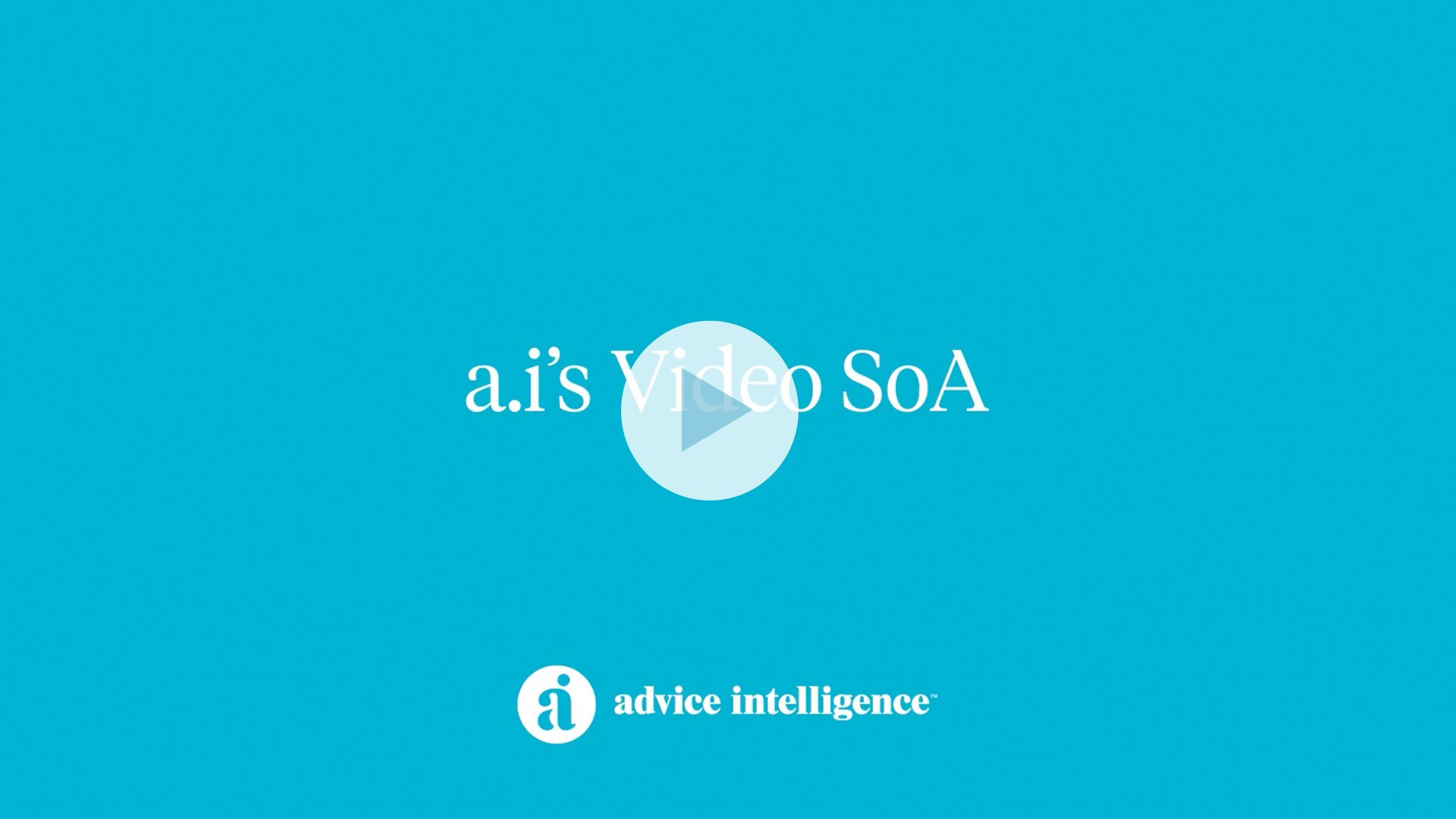Enhancing Advice Delivery: Utilising Digital & Video SoAs to Optimise Client Understanding
In the world of financial advice, catering to the various learning styles of clients is essential for effective communication and comprehension. In this article, we will delve into the four primary learning styles, with a specific focus on auditory, readers/writers, and visual. Understanding these styles is crucial for delivering compliant financial advice that caters to the diverse learning preferences of the general population.
From establishing these learning styles, we are able to explore and investigate the practical implications of these with regard to the delivery of financial advice and how to optimise advice delivery to ensure it is well understood across the entire spectrum of clients, regardless of their preferred learning style.
The primary learning styles
The most prevalent learning style is visual learning, accounting for 65% of the general population. Visual learners rely on seeing information in order for their brains to process and remember it. The primary reason this group makes up the majority can be attributed to the fact that the brain can process images and videos much faster, approximately 60,000 times, than written words. Visual learners retain a significant amount of what they see, approximately 80%, compared to only 20% from reading and 10% from hearing. When communicating with clients of this group, utilising visual formats is critical.
The next learning style is auditory learning, which encompasses approximately 30% of the population. Auditory learners prefer hearing information and engage best through conversations or recorded materials. Typically they prefer conversation, story, and discussion, retaining around 75% of what they hear. These clients are best serviced via meetings (whether virtual or face-to-face), and benefit from recorded sessions that allow them to revisit and listen to the content again.
Readers/writers comprise a proportion of visual learners, who distinctively prefer to interact through written mediums such as email, documents, and text messages as opposed to listing or seeing. Those with this learning style value written materials and notes, so utilising digital tools that can capture and send notes has a great impact on this group.

Leveraging alternatives SoA formats
To effectively cater to the diversity of these learning styles, financial advisers can leverage digital and video Statement of Advice (SoA) formats.
From a compliance perspective, these mediums align with the technology-neutral nature of the Corporations Act, which means an SoA can be provided by an adviser in electronic or printed form. This includes various digital formats such as a smartphone app, secure portal, digital SoA, or video SoA.
In an article from November 2022, Leah Sciacca, an ASIC senior executive, spoke out encouraging the industry “to explore technology and innovation that might lead to efficiency and benefit consumers.”
By embracing digital delivery methods, advisors can provide compliant advice that is presented in a manner that resonates with clients' learning preferences, resulting in improved engagement and understanding.
The Intersection of Digital Delivery & Client Experience
Today, a digitised client experience within your advice process is imperative. It is not something to consider later, nor is it something to presume your clients have disinterest in.
A digitised approach to advice helps to bridge the gaps in learning styles whilst also providing advice within a solid regulatory framework. It can help articulate the various scenarios and strategies of your advice, what strategies were considered that help your clients to achieve their goals, as well as how it can put them in a better position, per the outcome with or without your advice. This approach facilitates better understanding as clients actively engage in their advice process, collaborating with their adviser through the likes of scenario modelling, and helping to establish a personal connection between the advice received and its relevance to their day-to-day lives.
When presenting advice to a client, the key to delivering tangible value lies in conveying it through a medium that clients naturally understand. By utilising interactive mediums such as digital or video SoAs, the likelihood of client engagement increases as, through talking to them in their preferred learning style, you are able to engage with them in a language they inherently understand.
The path toward digital SoA delivery
The legacy infrastructure of the financial services industry has hindered progress towards digital integration in advice processes. Though digital delivery helps to simplify legal and compliance functions, prompting easier navigation and ultimately greater compliance, these departments have struggled to adapt to new digital delivery mechanisms. Conversely, advisers are slowly becoming more welcoming towards the embrace of digital, suggesting a necessary call for a behavioural and mindset shift amongst licensees and compliance professionals.
Progressing our industry’s processes towards digital offers reciprocal advantages. Consumers are able to receive advice through a delivery that aligns with their expectations and process it in a manner that suits their learning style.
They are also able to interact with an advice process that aligns with the interactions of their daily life - digitally, online, and through mobile apps.
Moreover, advice businesses and licensees benefit from an increase in control, visibility, and more centralisation (which can only be afforded through digital means). This shift enables advisers to deliver efficient, cost-effective advice while ensuring an exceptional client experience.
In Summary
Embracing digital integration is crucial for the modern financial adviser, catering to client preferences, aligning with their learning styles, and enhancing engagement. Through the integration of digital and video SoA into the advice process, our industry can deliver advice that meets modern consumer expectations, supports clients' learning needs, and enhances the overall advice experience.
If you want to learn how you can deliver advice via digital SoAs and digital tools, watch this video below and book a demo to see it in action.




